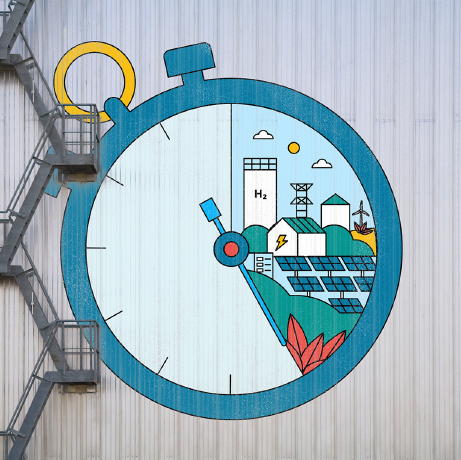私たちの仕事
Our team recognizes that given the unprecedented shifts taking place in the energy world, many traditional energy business models are becoming obsolete. The move toward decarbonization and the energy transition, coupled with technological innovation — such as electrification and the Internet of Things — have introduced opportunities to enhance efficiency, improve the customer experience, and collaborate with other industries. And with these opportunities come a new array of risks to navigate.
We work with energy companies to address strategic and operational challenges through proven, results-oriented approaches. Our expertise is based on deep industry experience across the oil and gas, utilities, chemicals, and mining sectors. Clients turn to us to help them seize new trends, challenges, and opportunities in energy, while managing their existing business and assets efficiently and effectively.
私たちの知見
Across the Energy sector and beyond, there are a number of factors impacting the companies that power our lives, from the COVID-19 pandemic to the Energy Transition and the evolving climate agenda. Check out our content hubs for a collection of our latest thinking on some of the most pressing topics facing the sector today.

Energy's Transition
To shift portfolios toward economically sustainable and environmentally friendly sources of energy, companies will need to adopt a customer-centric approach, ensure access to capital, and foster new technologies and business models.
Visit our hub
Powering the Net-Zero Economy
Modern financial risk management combined with climate science can facilitate a smooth transition to a net-zero economy. The frameworks we've developed continue to set the standard for the industry.
Visit our hubRecent Insights

We have set target after target on how much must be cut, and now — six years away from our first major deadline on emissions reduction — it’s time to start fulfilling those commitments.
That’s why we have dedicated this year’s journal to the specifics of what companies should do or are actually doing to cut emissions. We have calculated how much must be invested in various segments of our industry to achieve the halving of our emissions by 2030 that nations pledged in the 2015 Paris Agreement and at several climate summits thereafter.
The conclusions of many of these commentaries arrive at the same place: Industries must work together to attract sufficient capital and mitigate some of the risks.






